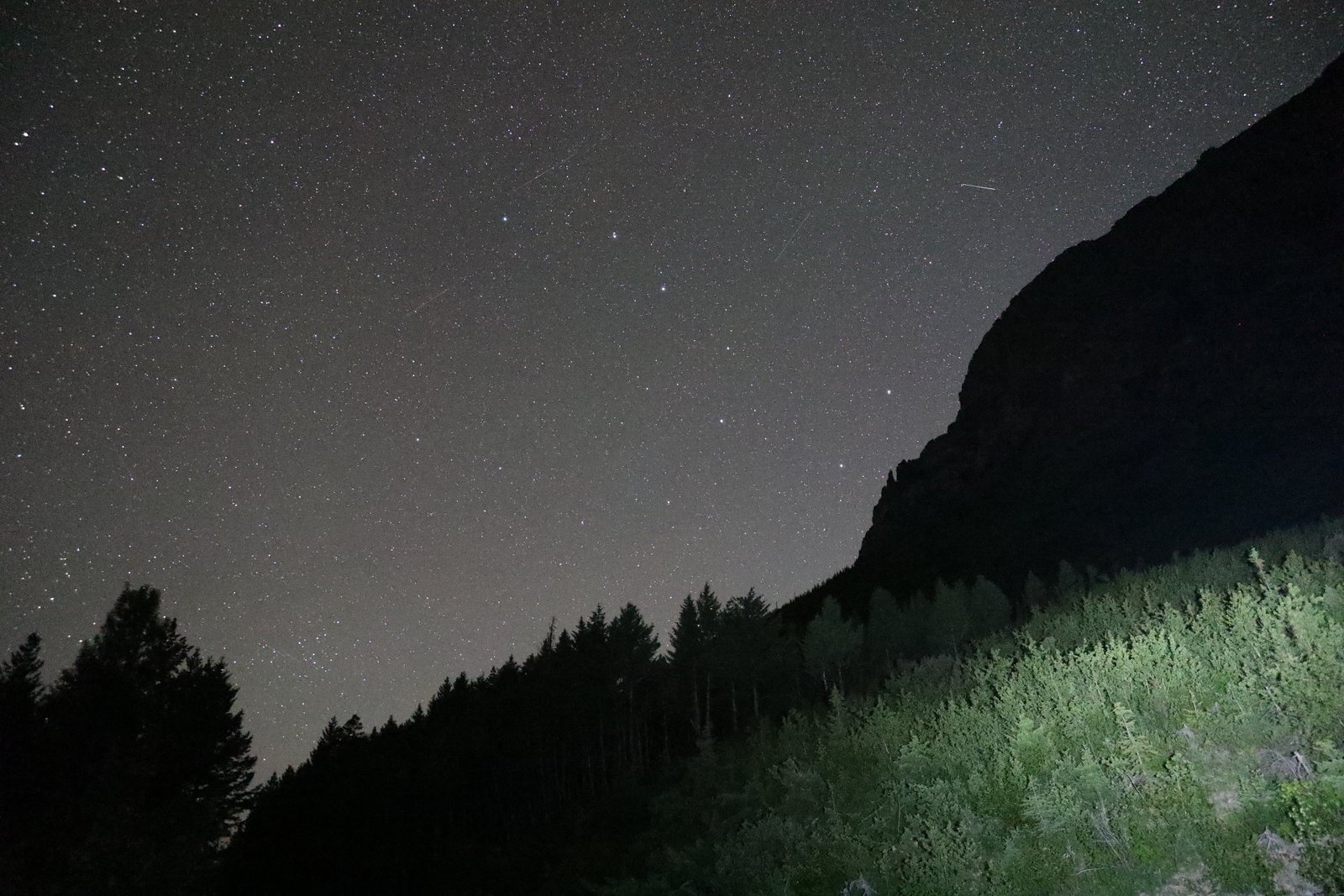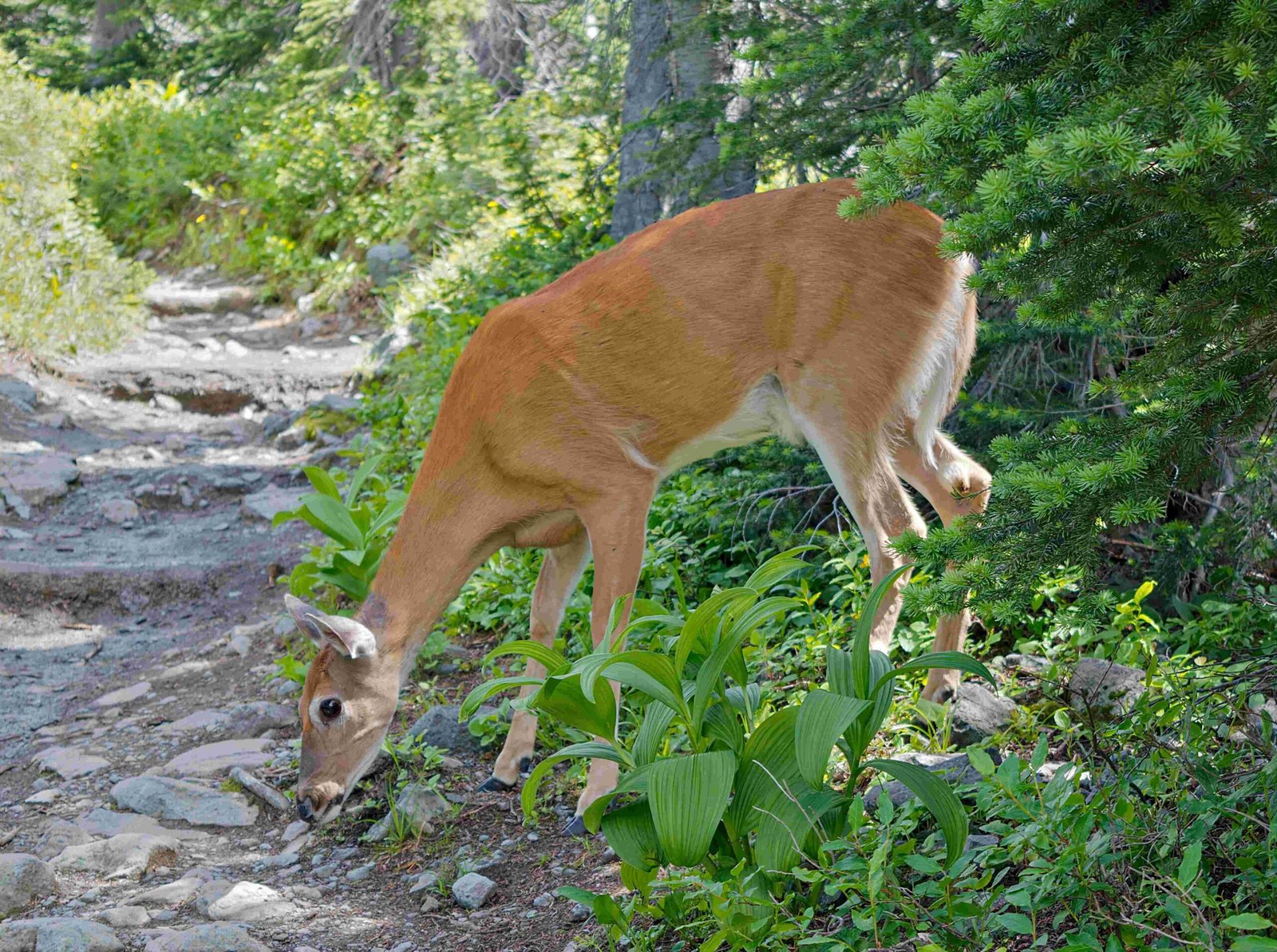Triple Divide Peak in Glacier National Park is a remarkable geological feature standing at 8,020 feet (2,444 meters). This unique summit is one of only three places in North America where water can flow into three different oceans: the Pacific, the Atlantic (via the Gulf of Mexico), and the Arctic (via Hudson Bay). The peak’s location on the Continental Divide creates both maritime and continental climates in the area, contributing to its diverse ecosystem and challenging hiking conditions.
What Makes Triple Divide Peak Special?

Triple Divide Peak is a hydrological apex, a rare geographical phenomenon where water from a single point can flow into three different ocean basins. This unique feature makes it a significant landmark in Glacier National Park and a destination for hikers and nature enthusiasts.
Key Features:
- Elevation: 8,020 feet (2,444 meters)
- Location: Glacier National Park, Montana
- Unique Attribute: Water from this peak flows to three different oceans
How Challenging is the Hike to Triple Divide Peak?

The hike to Triple Divide Peak is considered difficult to extreme, requiring both endurance and technical climbing skills. Here’s a breakdown of the trail:
| Aspect | Details |
|---|---|
| Trail Length | 16-17 miles round trip |
| Elevation Gain | Approximately 2,900 feet |
| Difficulty | Difficult to Extreme |
| Starting Point | Cut Bank Campground or Cut Bank Trailhead |
| Technical Requirement | Class 3 climbing on the east face |
Trail Segments:
- Cut Bank Campground to Triple Divide Pass: 7.5 miles one way
- Triple Divide Pass to Peak Summit: Additional mileage with steep terrain
What Wildlife Can Be Encountered on the Trail?
The diverse ecosystems around Triple Divide Peak support a variety of wildlife. Hikers may encounter:
- Marmots in rocky areas
- Various bird species
- Potential sightings of larger mammals like:
- Grizzly bears
- Mountain goats
- Elk
It’s important to note that wildlife encounters can vary seasonally and proper precautions should be taken, especially regarding bear safety.
What Are the Best Viewpoints Along the Trail?
The trail to Triple Divide Peak offers numerous scenic viewpoints:
- U-shaped Valley Views: As you climb out of the forested areas
- Medicine Grizzly Lake: A stunning alpine lake visible from higher elevations
- Triple Divide Pass: Offers panoramic views before the final ascent
- Summit of Triple Divide Peak: Provides 360-degree vistas of surrounding mountains and valleys
Notable Landmarks Visible:
- Razoredge Mountain
- Extensive meadows and valleys
- Distant peaks of Glacier National Park
When is the Best Time to Hike Triple Divide Peak?
The optimal time for hiking Triple Divide Peak is during the summer and early fall. Here’s why:
- Late June to Early July:
- Pros: Wildflowers in bloom, clearer weather
-
Cons: Can be hot with little shade during the climb
-
Summer (July-August):
- Pros: Most accessible, stable weather
-
Cons: Busier trails, potential for afternoon thunderstorms
-
Early Fall (September):
- Pros: Fewer crowds, beautiful fall colors
- Cons: Cooler temperatures, potential for early snow
What Should Hikers Prepare for the Triple Divide Peak Trail?
Given the challenging nature of the hike, proper preparation is crucial:
- Physical Fitness: Train for long-distance hiking and high elevation gain
- Navigation Tools: Bring maps, compass, and GPS devices
- Proper Gear:
- Sturdy hiking boots
- Layered clothing for varying temperatures
- Sun protection (hat, sunscreen, sunglasses)
- First aid kit
- Sufficient Water and Food: Pack more than you think you’ll need
- Bear Spray: Essential in grizzly bear country
- Permits: Check with Glacier National Park for any required permits
How Does Triple Divide Peak Impact Local Ecosystems?
Triple Divide Peak’s unique position influences the surrounding ecosystems in several ways:
- Climate Influence: Creates both maritime and continental climate zones
- Water Distribution: Affects water flow to three major watersheds
- Vegetation Zones: Supports diverse plant life from lower forests to alpine tundra
- Wildlife Corridors: Acts as a natural boundary and corridor for various species
What Geological Features Make Triple Divide Peak Unique?
Triple Divide Peak’s geological significance extends beyond its hydrological importance:
- Rock Formation: Composed of sedimentary rocks from the Belt Supergroup
- Glacial Shaping: Evidence of past glacial activity in its U-shaped valleys
- Tectonic Activity: Part of the Lewis Overthrust, which created much of Glacier National Park’s dramatic landscape
- Erosion Patterns: Showcases the ongoing process of mountain erosion and weathering
How Has Climate Change Affected Triple Divide Peak?
Climate change has had noticeable impacts on Triple Divide Peak and its surroundings:
- Glacier Recession: Nearby glaciers have significantly retreated
- Vegetation Changes: Tree line and plant species distribution are shifting
- Water Flow Alterations: Changes in snowmelt patterns affect the three watersheds
- Wildlife Habitat Shifts: Animal species are adapting to changing conditions
What Conservation Efforts Protect Triple Divide Peak?
Glacier National Park implements various conservation measures to protect Triple Divide Peak and its environment:
- Trail Maintenance: Regular upkeep to prevent erosion and protect vegetation
- Wildlife Management: Programs to monitor and protect native species
- Visitor Education: Initiatives to inform hikers about Leave No Trace principles
- Research Programs: Ongoing studies on climate change impacts and ecosystem health
- Access Regulations: Controlled access to sensitive areas to minimize human impact
Triple Divide Peak stands as a testament to the raw beauty and geological significance of Glacier National Park. Its unique position as a triple watershed divide, combined with its challenging hiking trail and diverse ecosystem, makes it a compelling destination for adventurers and nature enthusiasts alike. As climate change continues to impact this delicate environment, the peak serves as both a natural wonder and a barometer for environmental change in the northern Rockies.